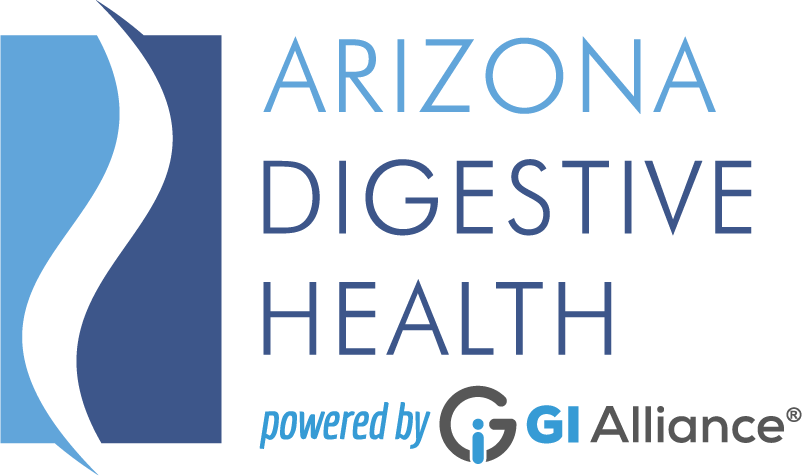What exactly is feeding tube insertion (PEG)?
Feeding tube insertion, also called percutaneous endoscopic gastrostomy (PEG), is a procedure in which a hose is positioned with a direct line to the stomach. The tube makes it possible for fluids, nutrition, and medication to enter straight into the stomach without passing through the mouth or esophagus. This procedure might be particularly helpful if a person has trouble with swallowing or other issues with consuming proper nutritional fulfillment orally. If you or a loved one has supplemental inquiries relating to PEG in Phoenix, AZ, it is best to reach out to an experienced GI specialist. Please request a consultation at Arizona Digestive Health to learn more about this treatment option.

Who is a candidate for feeding tube insertion (PEG)?
PEG, or feeding tube insertion, is often recommended for people who are unable to take in a sufficient amount of nutrients through regular eating and drinking, such as individuals who have a hard time swallowing. Many patients may only require a feeding tube for a short time, while a percentage of patients will need one for the remainder of their lives. The length of dependence on a feeding tube depends on the underlying factor for the condition. The tube will necessitate regular replacement to avoid deterioration or clogging. You may or may not be permitted to consume food or drinks orally, depending on why the feeding tube insertion procedure was done in the first place. If the tube is recommended due to difficulty swallowing — as can be the case following a stroke — then you will likely have restrictions on your oral intake. Some individuals requiring a feeding tube continue to be allowed to drink or eat after the insertion. It is imperative to discuss this in tandem with your Arizona Digestive Health GI provider.
Is feeding tube insertion (PEG) safe?
PEG is a fairly routine process; however, as is the case with any medical procedure, it may come with a few risks. A few of the potential risks of feeding tube insertion are bleeding, pain near the tube insertion site, and displacement of the feeding tube. Talk with your physician in regard to any concerns you may have or health factors that may raise your risk of complications. It is vital to talk through all of the benefits as well as risks of this treatment with your Phoenix, AZ gastroenterology provider prior to the insertion of the feeding tube.

